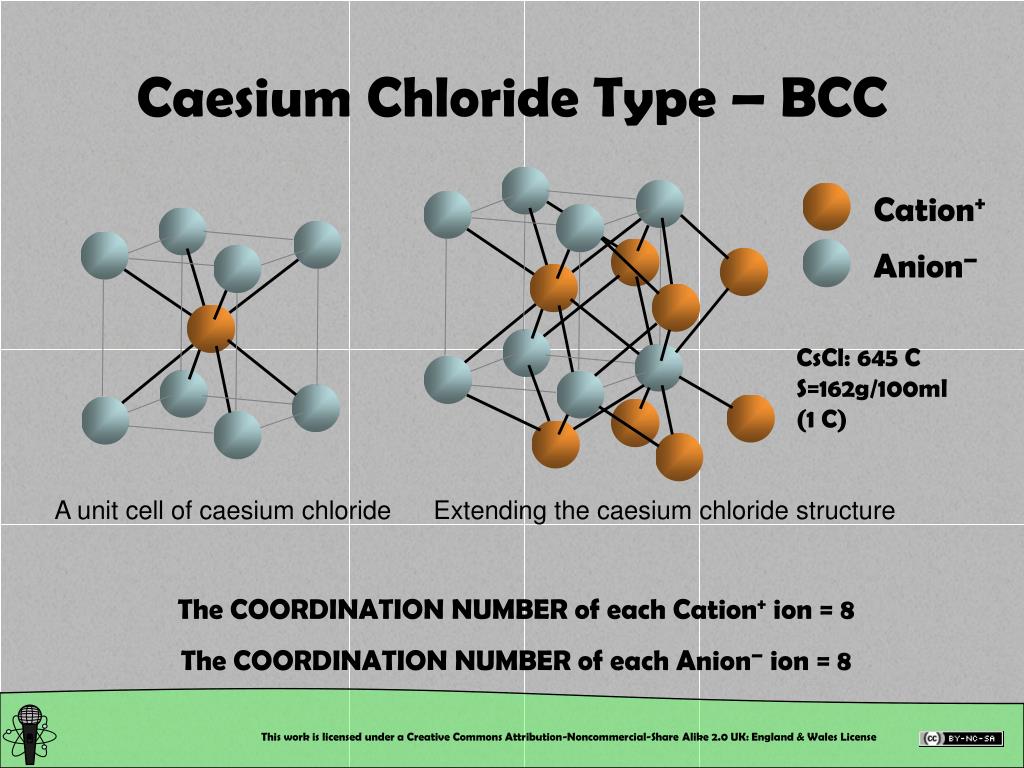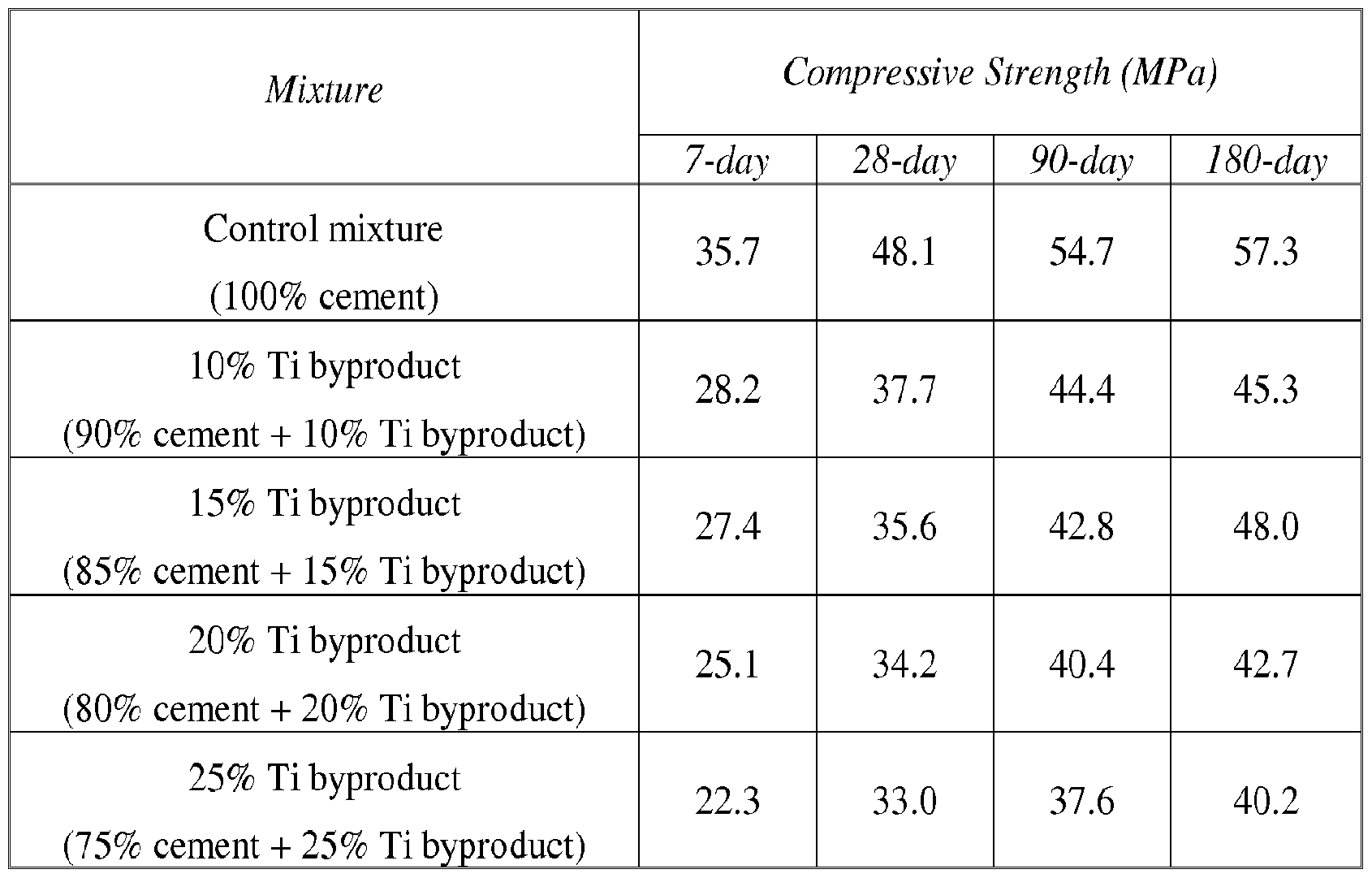
^ " MSDS Listing for cesium chloride Archived at the Wayback Machine." MSDS Date: January 16, 2006.^ MSDS Listing for cesium fluoride Archived at the Wayback Machine."Efficient Synthesis of Halomethyl-2,2'-bipyridines: 4,4'-Bis(chloromethyl)-2,2'-bipyridine". "Formation of adducts between fluorinated ketones and metal fluorides". "Fluoride ion induced reactions of organosilanes: the preparation of mono and dicarbonyl compounds from β-ketosilanes". ^ a b Fiorenza, M Mordini, A Papaleo, S Pastorelli, S Ricci, A (1985).CRC Handbook of Chemistry and Physics (86th ed.).

Handbook of Reagents for Organic Synthesis: Acidic and Basic Reagents. "Single-atom electron energy loss spectroscopy of light elements". ^ a b Senga, Ryosuke Suenaga, Kazu (2015).CRC Handbook of Chemistry and Physics (92nd ed.). "Precision Measurements of Crystals of the Alkali Halides". The caesium ion (Cs +) and caesium chloride are generally not considered toxic. Contact with acid should be avoided, as this forms highly toxic/corrosive hydrofluoric acid. Like other soluble fluorides, CsF is moderately toxic. Solutions of caesium fluoride in THF or DMF attack a wide variety of organosilicon compounds to produce an organosilicon fluoride and a carbanion, which can then react with electrophiles, for example: Precautions cleavage of Si-O bonds in organic synthesis. It will convert electron-deficient aryl chlorides to aryl fluorides ( Halex process), although potassium fluoride is more commonly used.ĭue to the strength of the Si– F bond, fluoride is useful for desilylation reactions, i.e. Similarly to potassium fluoride, CsF reacts with hexafluoroacetone to form a stable perfluoroalkoxide salt. Formation of Cs-F bonds Ĭaesium fluoride serves as a source of fluoride in organofluorine chemistry. CsF gives higher yields in Knoevenagel condensation reactions than KF or NaF. The low nucleophilicity of fluoride means it can be a useful base in organic chemistry. CsF is an alternative to tetra-n-butylammonium fluoride (TBAF) and TAS-fluoride (TASF).Īs with other soluble fluorides, CsF is moderately basic, because HF is a weak acid. A larger halide ion would allow for the eight-coordination seen in other caesium halide crystals.Īpplications in organic synthesis īeing highly dissociated, CsF is a more reactive source of fluoride than related salts. Unlike sodium chloride, caesium fluoride's anion is smaller than its cation, so it is the anion size that sterically inhibits larger coordination numbers than six under normally encountered conditions. Structure Ĭaesium fluoride has the halite structure, which means that the Cs + and F − pack in a cubic closest packed array as do Na + and Cl − in sodium chloride. ĬsF chains with a thickness as small as one or two atoms can be grown inside carbon nanotubes. CsF reaches a vapor pressure of 1 kilopascal at 825 ☌, 10 kPa at 999 ☌, and 100 kPa at 1249 ☌.

It is available in its anhydrous form, and if water has been absorbed, it is easy to dry by heating at 100 ☌ for two hours in vacuo. The reaction is shown below:ĬsF is more soluble than sodium fluoride or potassium fluoride in organic solvents. Using the same reaction, another way to create caesium fluoride is to treat caesium carbonate (Cs 2CO 3) with hydrofluoric acid and again, the resulting salt can then be purified by recrystallization. Ĭaesium fluoride can be prepared by the reaction of caesium hydroxide (CsOH) with hydrofluoric acid (HF) and the resulting salt can then be purified by recrystallization. Synthesis and properties Crystalline CsF chains grown inside double-wall carbon nanotubes. Caesium also has the highest electropositivity of all known elements and fluorine has the highest electronegativity of all known elements. Caesium fluoride can be used in organic synthesis as a source of the fluoride anion. Caesium fluoride or cesium fluoride is an inorganic compound with the formula CsF and it is a hygroscopic white salt.


 0 kommentar(er)
0 kommentar(er)
